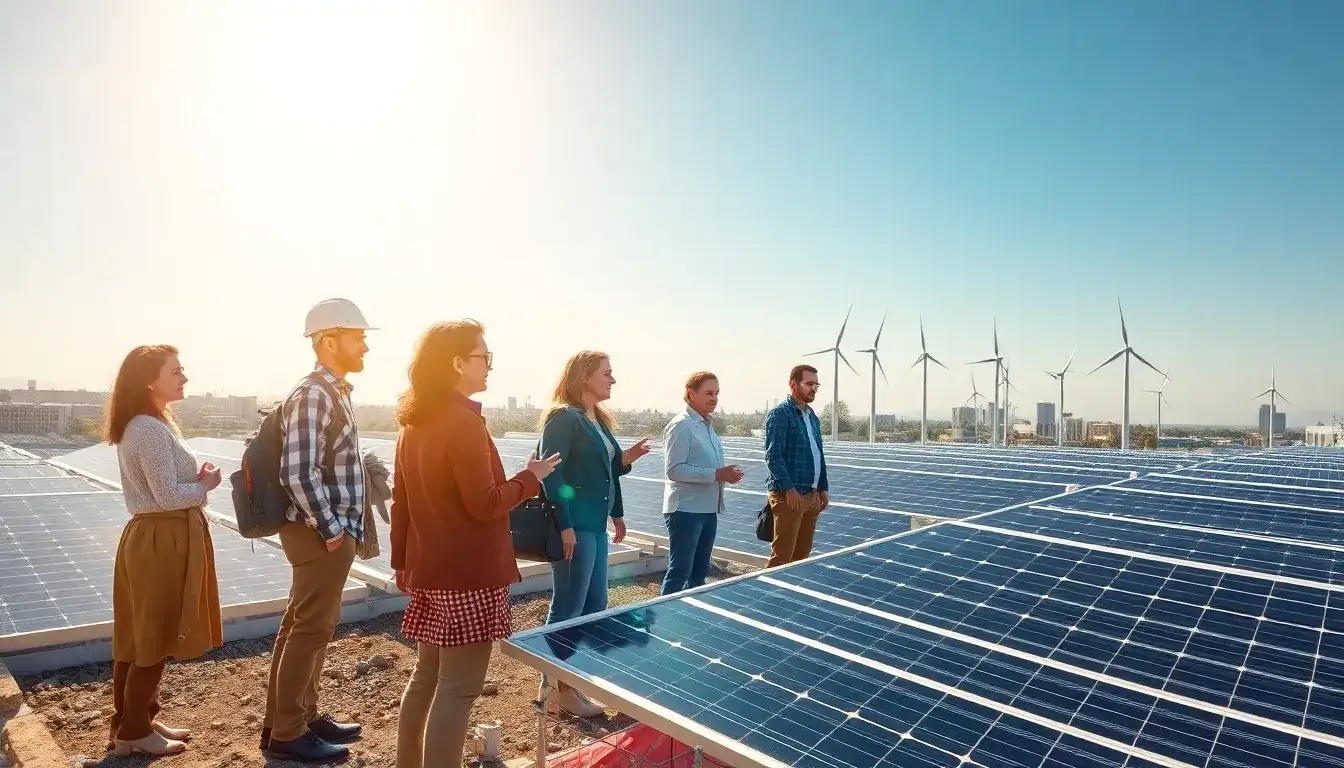
Photovoltaic Power Generation – The Polar Star Solar Photovoltaic Network provides you with relevant content on photovoltaic power generation, helping you quickly understand the latest developments in this field. For more information on photovoltaic power generation, please follow the Polar Star Solar Photovoltaic Network.
As of January 27, a new version of the “Management Measures for the Development and Construction of Distributed Photovoltaic Power Generation” has been officially issued. This updated policy provides detailed management guidelines for the registration, grid connection, and operation of distributed photovoltaic systems. Subsequently, on February 9, the “Notice on Deepening the Market-oriented Reform of Renewable Energy Power Pricing to Promote High-quality Development” was finalized, indicating that the electricity generated by renewable energy projects will generally be sold in the power market.
JinkoSolar has been making strides for two decades, demonstrating its strength in the industry. Additionally, Clenergy was awarded the 2024 Energy Conservation Contribution Award from Panasonic in Jiangmen, which recognizes the effectiveness of its photovoltaic systems designed to operate reliably for 25 years. This project has a total installed capacity of 4MW, having been fully connected to the grid in 2021, with an average annual green electricity production of over 3 million kilowatt-hours.
Recent news also highlights the Jimo Offshore Photovoltaic Project that deeply integrates fishery with photovoltaics, allowing for comprehensive utilization of marine resources. This project, as reported by People’s Daily, aims to create a new model for marine energy development in China.
In Changtu County, Liaoning Province, a competitive consultation announcement has been released for the construction of distributed photovoltaic power stations, including a 66kW installation on the rooftop of a building near the Beiwazi Reservoir, and a 121kW installation on the rooftop of a market. These projects will fully connect to the grid.
According to the National Energy Administration, in the first two months of the year, an additional 39.47GW of photovoltaic capacity was installed, marking a 7.49% year-on-year increase. By the end of February, the nationwide installed capacity reached 3.4 billion kilowatts, a 14.5% increase from the previous year. However, the average utilization of power generation equipment was 505 hours, which is 61 hours less than the same period last year.
In Henan Province, the government is enhancing safety supervision for distributed photovoltaic projects, ensuring compliance with national spatial planning and proper installation orientation and tilt of photovoltaic components.
Moreover, the first “Zero Carbon Ranch” in Ejin Horo Banner, Inner Mongolia, has been established with a distributed photovoltaic system that utilizes a “self-consumption and surplus feeding into the grid” model, boasting a total installed capacity of 0.25MW.
On March 15, construction began on a 668MW combined fishery and photovoltaic power generation project in the Huang Hai New District of Jiangsu Province. This project, jointly invested by Haixing Holding Group and Yueda Group, will utilize over 10,000 acres of land and is expected to generate significant annual electricity output.
As the market for photovoltaic energy evolves, the new pricing policies are anticipated to influence the profitability of renewable energy projects, particularly during peak production times. The impact on revenues will vary significantly between daytime and nighttime electricity demands.
Lastly, the National Energy Administration announced that total electricity consumption in the country increased by 8.6% year-on-year in February, with a cumulative total of 1,556.4 billion kilowatt-hours of electricity consumed in the first two months of the year.
For ongoing updates and more information on photovoltaic power generation, continue to follow the Polar Star Solar Photovoltaic Network.







